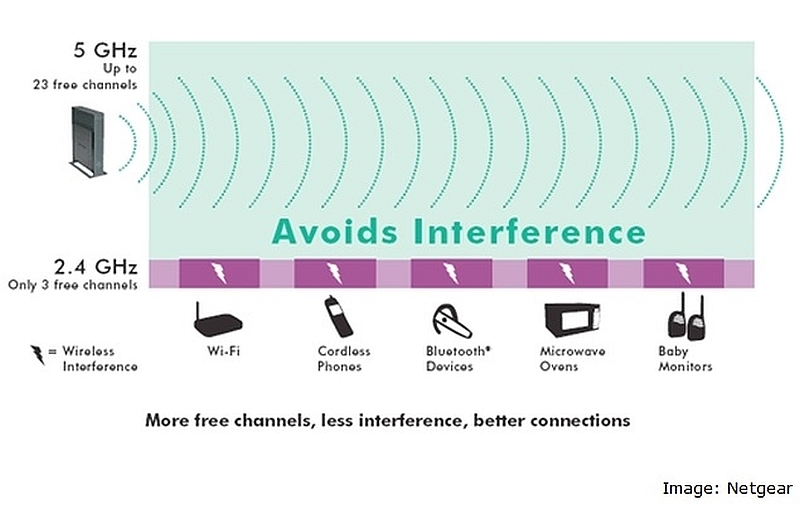
That said these letters do suggest as to which frequency band your device can operate in. The 802.11 was the first standard that was followed by the 802.11a which was followed by the 802.11b, and so on. Don’t get confused by the letters as they only signify the next standard in WLAN technology. That’s why, when you see the WLAN certification on your device, it reads 802.11 followed by any or all of the following letters a/b/g/n/ac. When the first WiFi bands were made available for public use, an organization called IEEE (The Institute of Electrical and Electronics Engineers) set up a new committee called the “IEEE 802” which released a set of standards called the “802.11” for implementing wireless local area network (WLAN) computer communication in the 2.4 and 5 GHz frequency bands.

While radio waves cover a big frequency range (~3 KHz to 300 GHz), the main frequency range used for commercial WiFi purposes are the 2.4 GHz (2.4 to 2.5 GHz) band and 5 GHz (5.180 GHz to 5.825 GHz) band. Just like mobile networks, WiFi networks use radio waves to transfer data across the network. Before we get to understand the 5 GHz network, first, we have to understand how WiFi works.


 0 kommentar(er)
0 kommentar(er)
